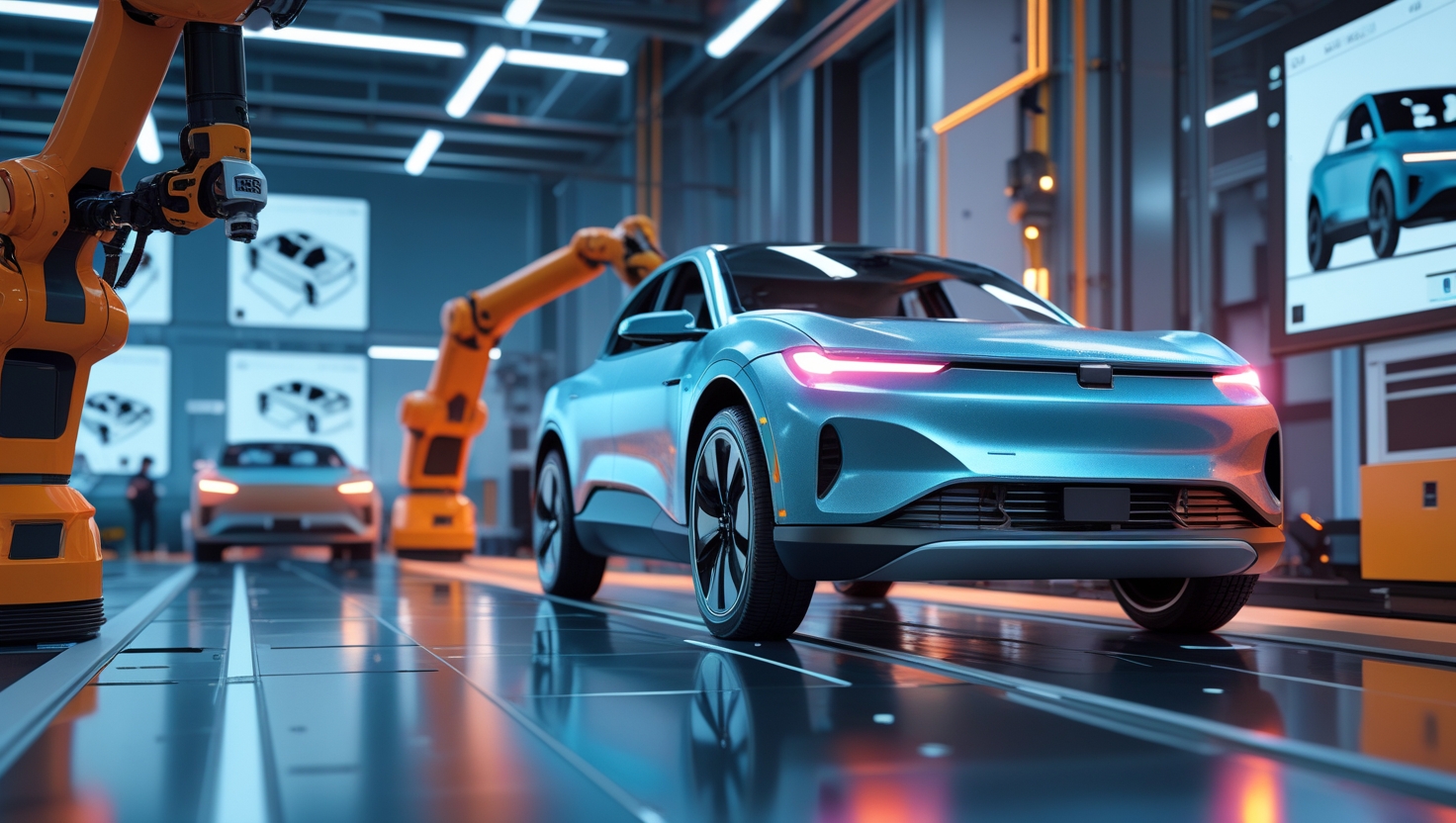The world of car manufacturing is changing fast, and one of the biggest game-changers is 3D printing. Once used only for creating small plastic models, 3D printing is now being used to make real, working parts for vehicles. This new way of building things is helping car companies save time, reduce costs, and explore creative designs that were impossible before.
What Is 3D Printing?
3D printing, also known as additive manufacturing, is a process where materials like plastic or metal are added layer by layer to build a 3D object. Instead of cutting or shaping materials like traditional manufacturing, 3D printing builds the product from the ground up based on a digital design.
This technology has been used in industries like medicine and aerospace for years, but now it’s becoming a major part of the auto industry too.
Faster Prototyping
One of the first ways car makers began using 3D printing was for rapid prototyping. Before a car goes into production, engineers create prototypes of parts to test their size, strength, and fit. In the past, making these samples could take weeks or even months. But with 3D printing, a prototype can be made in a day or two.
This allows engineers to test ideas more quickly, make changes easily, and bring new cars to market faster. It also helps reduce the cost of developing new vehicles.
Lighter, Stronger Parts
Car manufacturers are using 3D printing to create parts that are both lighter and stronger. For example, certain metal components can be printed with special shapes or patterns that reduce weight without losing strength. Lighter cars use less fuel and produce fewer emissions, which is better for the environment and helps meet modern fuel-efficiency standards.
In racing and sports cars, every gram counts. Teams use 3D printing to produce custom parts quickly, allowing them to stay competitive on the track.
Customization
In the past, every car rolling off the assembly line was nearly identical. With 3D printing, car companies can offer more customized features without raising prices too much. Want a unique dashboard design or a special trim for your seats? 3D printing makes it possible to create these one-of-a-kind touches affordably and efficiently.
This is especially useful in luxury vehicles, where customers expect more personalization. In the future, drivers might even be able to design some features of their car themselves using online tools.
Replacement Parts on Demand
Another exciting use of 3D printing is for replacement parts. If an old car breaks down and the needed part is no longer in production, it can be hard to find a replacement. But with 3D printing, a new part can be made using a digital file—even for older or rare vehicles.
This also helps reduce the need to store thousands of spare parts in warehouses. Instead, manufacturers can simply print the part when it’s needed, saving space and money.
Lower Environmental Impact
3D printing is also more environmentally friendly in many ways. Because it only uses the material needed to build a part, it creates less waste than traditional methods like cutting or molding. It also requires fewer tools and machines, which helps reduce energy use in factories.
In the future, 3D printers may even use recycled materials, making car manufacturing even greener.
The Challenges Ahead
While 3D printing offers many benefits, there are still some challenges to overcome. For example:
-
Speed: 3D printing large parts can still take a long time.
-
Cost: High-end printers and materials can be expensive.
-
Regulation: Safety and quality standards must be met before 3D-printed parts can be used in all cars.
However, as the technology improves and becomes more affordable, these challenges are being addressed quickly.
A Glimpse into the Future
Some companies are already experimenting with fully 3D-printed cars. While these are not yet ready for mass production, they show what’s possible. In the years to come, we may see cars that are built faster, designed more creatively, and tailored to each driver’s needs—all thanks to 3D printing.
As this technology continues to grow, it will likely become a regular part of how every car is made, from the first idea to the final product.
Conclusion
3D printing is revolutionizing auto manufacturing by making it faster, cheaper, and more flexible. From creating prototypes and lightweight parts to customizing designs and printing replacement pieces, this technology is reshaping how we build and think about cars. As it becomes more common in factories around the world, 3D printing will continue to drive the future of the automotive industry.





